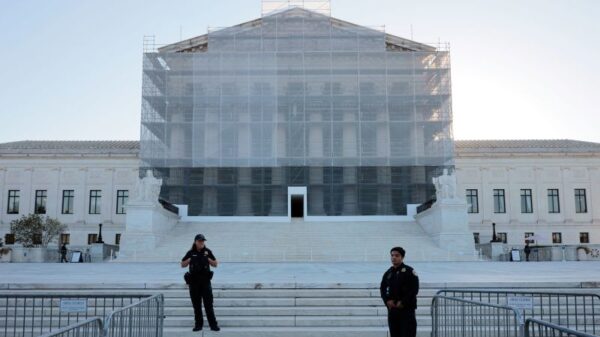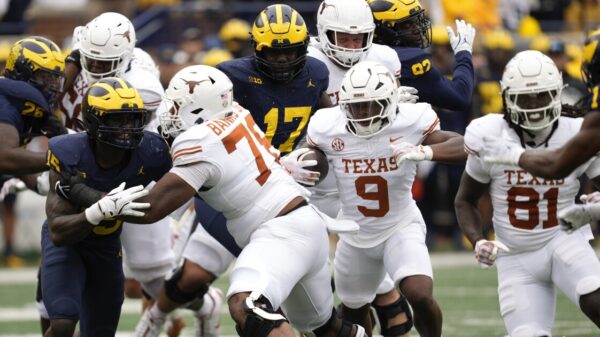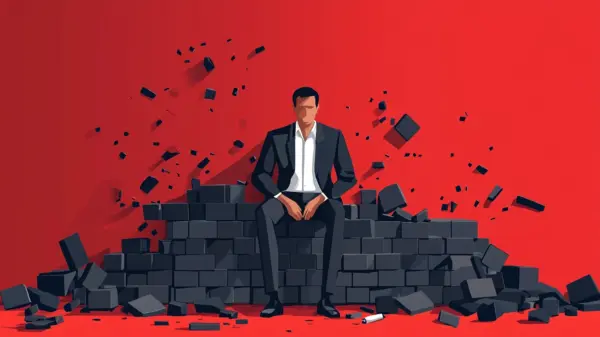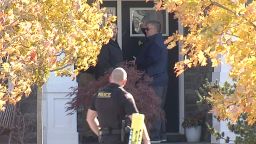UPDATE: A tragic shooting in Indiana has left a woman dead and reignited urgent discussions surrounding stand-your-ground laws. On October 18, 2023, Maria Florinda Rios Perez De Velasquez, a house cleaner, mistakenly arrived at the wrong address, leading to her fatal shooting by the homeowner. This incident has raised critical questions about the boundaries and implications of self-defense laws in the state.
Authorities confirm that Rios De Velasquez was shot while attempting to enter a home she believed was scheduled for cleaning. The homeowner, who has not yet been identified, claims to have acted in self-defense. Under Indiana law, individuals can use reasonable force, including deadly force, to prevent unlawful entry. However, prosecutors are now assessing whether the homeowner’s actions fall within the legal protections afforded by this statute.
The implications of this shooting extend beyond the immediate tragedy. Stand-your-ground laws, which exist in varying forms across the United States, allow individuals to use force without the duty to retreat when they feel threatened. These laws have been both supported and criticized, with advocates arguing they are essential for personal safety, while opponents claim they encourage violence and may perpetuate racial bias.
Currently, at least 31 states, including Indiana, recognize some version of these laws. Notably, Arkansas and Ohio recently enacted similar legislation in 2021. In contrast, states like California, Illinois, and Virginia do not have explicit stand-your-ground laws but allow for self-defense under specific circumstances.
Legal experts emphasize that the application of these laws can vary significantly. As University of California, Los Angeles, law professor Eugene Volokh explains, these laws exist to answer a crucial question: if a person can safely retreat from danger, can they still employ deadly force? This legal ambiguity has led to contentious court cases, including the infamous acquittal of George Zimmerman in the Trayvon Martin case, which spotlighted the complexities and potential consequences of such laws.
The shooting of Rios De Velasquez is a stark reminder of how these laws play out in real life. Just last year, Texas faced backlash after an 11-year-old boy was shot while playing ding-dong-ditch, with authorities quickly ruling that self-defense laws did not apply. Such cases illustrate the complex interplay between legal definitions of self-defense and the tragic outcomes of these encounters.
As this story develops, key questions remain. How will authorities interpret the homeowner’s actions under Indiana law? Will this incident lead to renewed calls for reform in self-defense legislation? Community leaders and advocacy groups are already mobilizing to demand answers, pointing out the need for clarity and accountability in the application of these laws.
The shooting has not only caused anguish for Rios De Velasquez’s family but has also sparked a broader discussion about safety, rights, and the implications of stand-your-ground laws across the country. As citizens grapple with the ramifications, this incident serves as a focal point for those advocating for change in how self-defense is legislated and perceived.
Next Steps: Watch for updates from local law enforcement and legal experts as investigations continue. The outcome may influence public opinion and legislative action regarding self-defense laws in Indiana and beyond. Stay tuned for further developments on this urgent issue.








































































